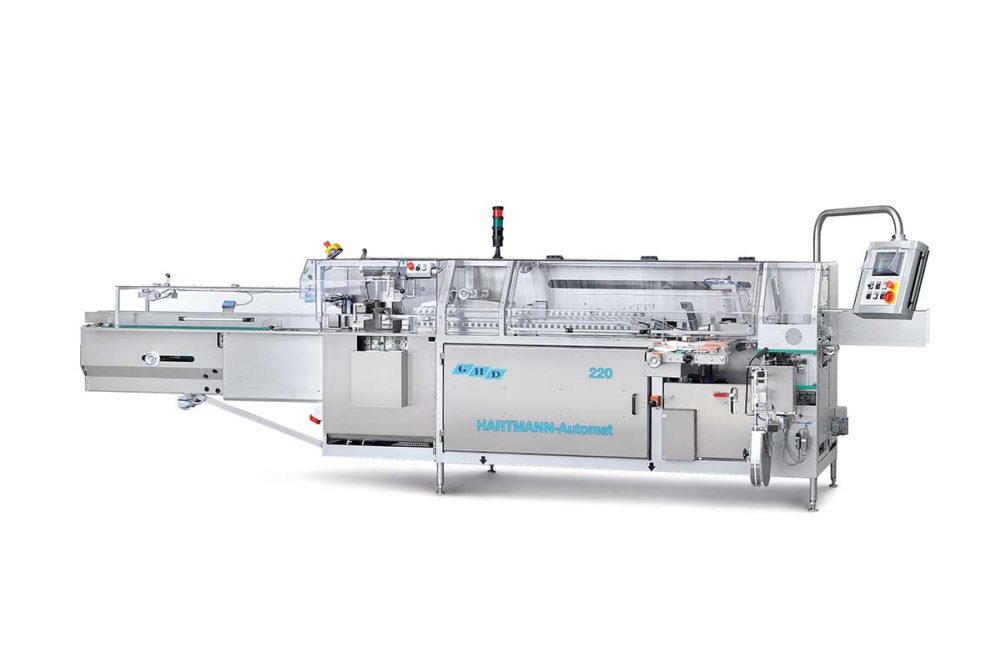Automation remains a top trend in the baking industry as manufacturers look to maximize throughput with a limited workforce. And the packaging department, often one of the most labor-heavy areas of the production room floor, is primed for it.
Baking & Snack’s 2022-23 Industrial Baking Capital Spending Study, sponsored by BEMA and conducted by Cypress Research, found that packaging continues to lead equipment investments with 75% of bakers surveyed planning to buy this equipment in 2023.
“We’re always going to have a labor shortage, because frankly, it’s not a highly sought-after position,” said Dennis Gunnell, president of Foremost Fuji. “So if you can eliminate or semi-automate some of those manual labor jobs, you’re way ahead.”
But the decision to automate presents its own challenges and consideration for bakers.
Justin Atkins, director of sales, Bettendorf Stanford, said a team member will often visit a facility to determine if automation will actually save bakers’ time and resources. Some products may be so custom that automating their production may hurt in the long run, he said.
“For example, if a bakery has 20 different types of products that they’re running over an 8-hour shift, and they’re only running 500 of this one, 500 of that one, then the number of changeovers would just kill them,” he said. “It makes more sense to not go fully automated but just semi-automated in those situations.”
Mr. Gunnell seconded this, providing the example of a customer who dedicated their easier-to-package products to one automated line and putting the rest on a second line to maximize flexibility while minimizing labor.
“People are getting creative in how they tackle that automation piece of it,” he said. “It’s the evaluation of what’s doable and how important it is. You don’t want to spend a fortune to automate something you’re only going to run 5% of the time.”
Once automation is implemented, ensuring product and bag consistency is especially critical, added Josh Hughes, sales account manager, Burford Corp., a Middleby Bakery company.
“Sizing inconsistencies can cause issues with product slicing in the proper location and make the automated bagging process very difficult,” he said. “Additionally, properly sized bagging for the product in question can be another obstacle. Too small, and end product cannot be inserted easily, too large and end product can move and deform inside the package, and if the package is too short issues with properly closing the package are presented.”
Automating packaging also requires a more skilled workforce and subsequently greater training, a challenge only exacerbated by the industry’s labor shortage and high turnover rates.
“When you move toward automation, you have a lot more changeover and setup that’s involved, so training becomes a big issue there,” Mr. Atkins said. “One of the things we’ve seen that has really helped bakeries and that we’re getting requests for is continuation of training.”
He said Bettendorf Stanford used to visit bakeries about once a year to do follow up training. Today, they’re getting requests to visit every three months.
“Just because of the fact they’re constantly hiring new people,” he said. “We’re doing a lot more training than we ever did.”
Getting ahead of the curve
While more bakers look to automate, the implementation of this automation and other equipment can be more difficult due to continued supply chain disruptions.
“Bakers are not always prepared when they’re ready to invest in new automation for today’s lead times, compared to what they were three years ago,” Mr. Atkins said.
Supply chain issues remain top of mind for producers, with Baking & Snack’s Capital Spending Survey finding that 67% of manufacturers said that supply chain challenges will remain a concern for the next 12 to 18 months.
To prepare for these obstacles, Mr. Gunnell said, bakers should keep higher inventory of parts when possible, reorder in large quantities and standardize materials more than they have in the past.
And when planning a new project, Mr. Hughes added that customers are contacting suppliers much earlier to hit key milestone dates.
Once an order is placed, it’s critical bakers get all their suppliers on the same page before the equipment is installed, said Angela McDaniel, marketing and sales coordinator, Formost Fuji. a move that can save a lot of headaches down the road. Unfortunately, she doesn’t see this communication happen frequently.
“That’s an obstacle that we run into often: We’ll get very deep into the process, sometimes even where equipment is almost built, and they have to change something,” she said. “Or they didn’t know they couldn’t do it this way for this reason, because they didn’t get all of the suppliers involved from the beginning.”
Once new equipment is installed, bakers must stay on top of maintenance to avoid unplanned downtime and potentially long wait times for new parts.
“Keeping track of parts used to maintain their equipment and a good predictive maintenance solution can help ensure equipment is running top notch,” Mr. Hughes said.
Burford Corp.’s Burford Connect for its twist tyers and Burford Connect+ for other equipment lines, for example, provide bakers the necessary feedback to recognize potential issues and resolve them.
With proper communication, training and maintenance, bakers can get the most out of their packaging lines, improving throughput and labor savings.
This article is an excerpt from the March 2023 issue of Baking & Snack. To read the entire feature on Sliced Bread Packaging, click here.





